Laparascopic Surgery
This type of surgery is fairly new. It is more complicated than classical, open field surgery, but for a good reason. Its goal is to cause minimal damage to the tissue in the operating area and make incisions only where it is absolutely necessary. This property earned laparascopic surgery the title "minimally invasive surgery".
It requires only minimal sized incisions or incisions, through which all operating instruments, specially designed for such purposes, are inserted. The surgeon observes the operating field via a miniature camera that is also inserted through the incision. Main benefits of laparascopic surgery over traditional surgery is faster recovery time and shorter hospital stay (if any at all) as there is much less tissue to heal and healing of the incision is quicker. Also, miniature incisions are less visible and therefore more "cosmetic."

Shoulder and Laparascopic Surgery
Laparascopic surgery is commonly used when some injury to the shoulder, such as rotator cuff tear, shoulder tendonitis or a separated shoulder needs to be treated surgically. Postoperative pain in the shoulder after laparoscopic surgery is a common symptom. It is not long - lasting and will pass after two or three days.
The catch is, this pain is not associated with laparascopic surgery performed on the shoulder itself. It is a side effect of other types of laparascopic surgery. It is caused by excess carbon dioxide in the abdomen, which is putting pressure on the phrenic nerve. This is the part where you probably lost it, so we will explain this in a minute.
- In 56 patients, the right arm, with attached intravenous catheter, was abducted 80-90 degrees from the trunk while the left arm remained at the patient's side, with the head in a neutral position with a slight turn to the right side. In 16 patients, both arms were anteriorly flexed at the shoulder and the elbow with both hands on the forehead.
- On inquiry, one day after operation, shoulder pain was reported by 19% of the patients with flexed arms, significantly less often than by the patients with an abducted arm (59%)
- Despite previous warnings and a report of brachial plexus injury, the arm is often abducted in the Trendelenburg position for the safety of the intravenous catheter.
Causes of Pain in the Shoulder After Laparoscopic Surgery
As noted, laparascopic surgery uses miniature incisions and the operating field is viewed through the miniature camera. Now, if you just plunge the camera in the body, you will not see much if you are not looking at a cavity, as everything will be slammed right onto the camera's lens. If you plan to see anything, you will need to make some space around the camera.
This is done in laparascopic procedures for gastric bypass and gallbladder surgery. During the gallbladder surgery, the abdominal cavity is inflated with carbon dioxide to make more space between the organs and to allow some visibility and more maneuverability to the instruments. This also causes shoulder pain.
The inflated abdominal cavity exerts pressure on the phrenic nerve. This nerve is connected to the heart, lungs and to the abdomen. Irritated abdominal branch of the nerve will trigger what is felt as a sharp pain in the region of the shoulder. Similar happens in laparascopic gastric bypass procedure. A small amount of carbon dioxide which remained trapped in the abdomen will cause nerve irritation and the pain that is felt will begin underneath the abdomen and move up to the shoulder later.
Lap band surgery also causes shoulder pain. This time, phrenic nerve is irritated because the resized stomach leads to some stretching problems in abdomen.
Treatment
As mentioned, the pain will pass after two or three days. In the meanwhile, you might focus on relieving the pain. Consumption of warm drinks and lemon tea is recommended, as is drinking of ginger ale, peppermint tea or carrot juice. Anti-gas pills or pain killers are used if the pain is too strong. Shoulder exercises also help to reduce the pain.




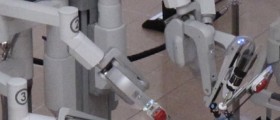




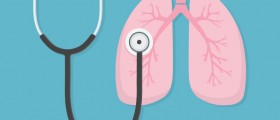
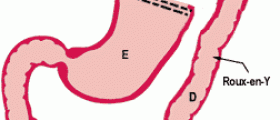

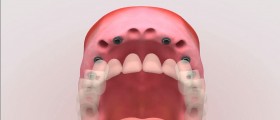
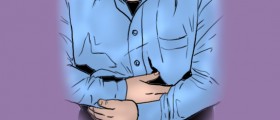


Your thoughts on this
Loading...